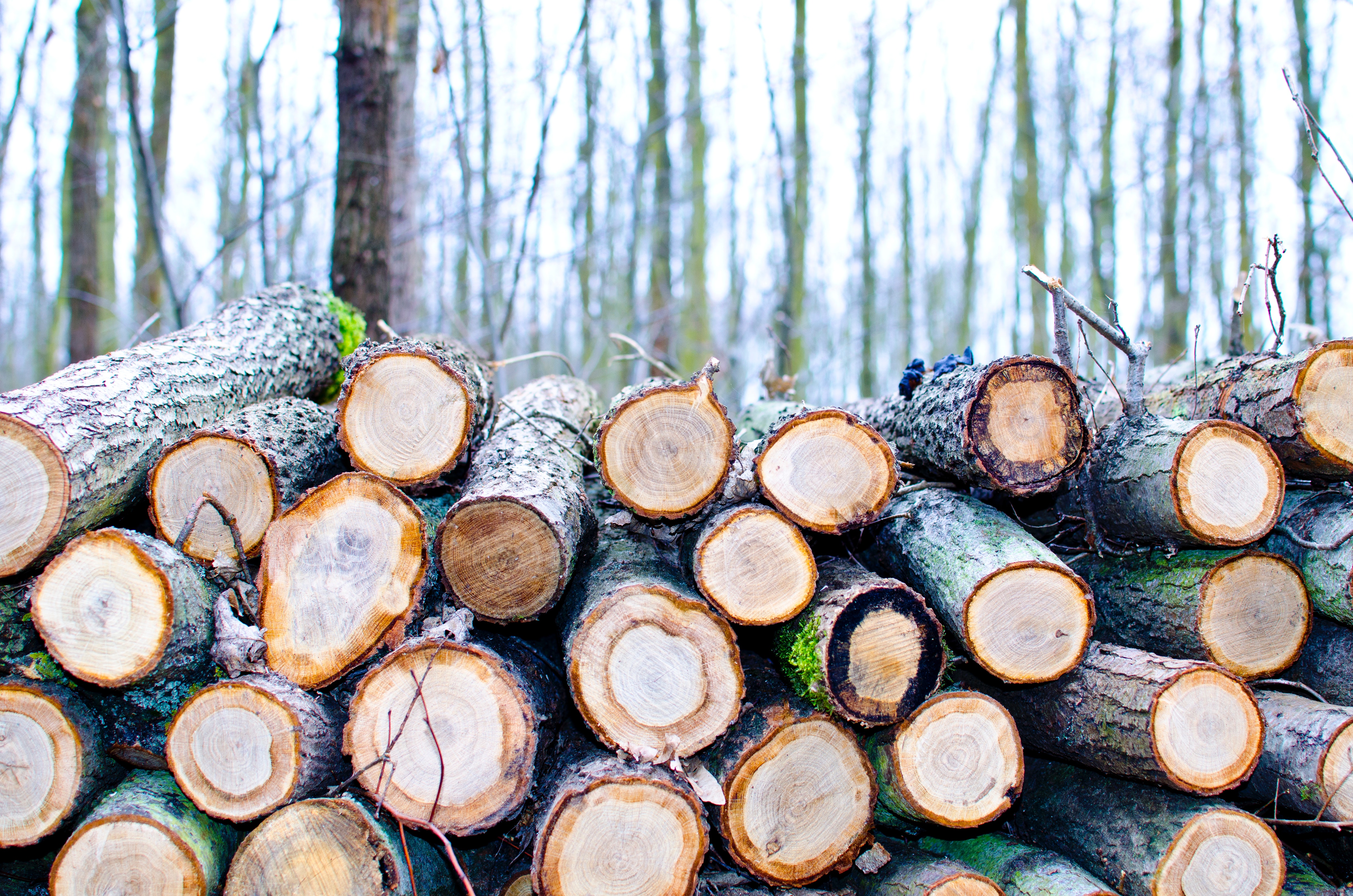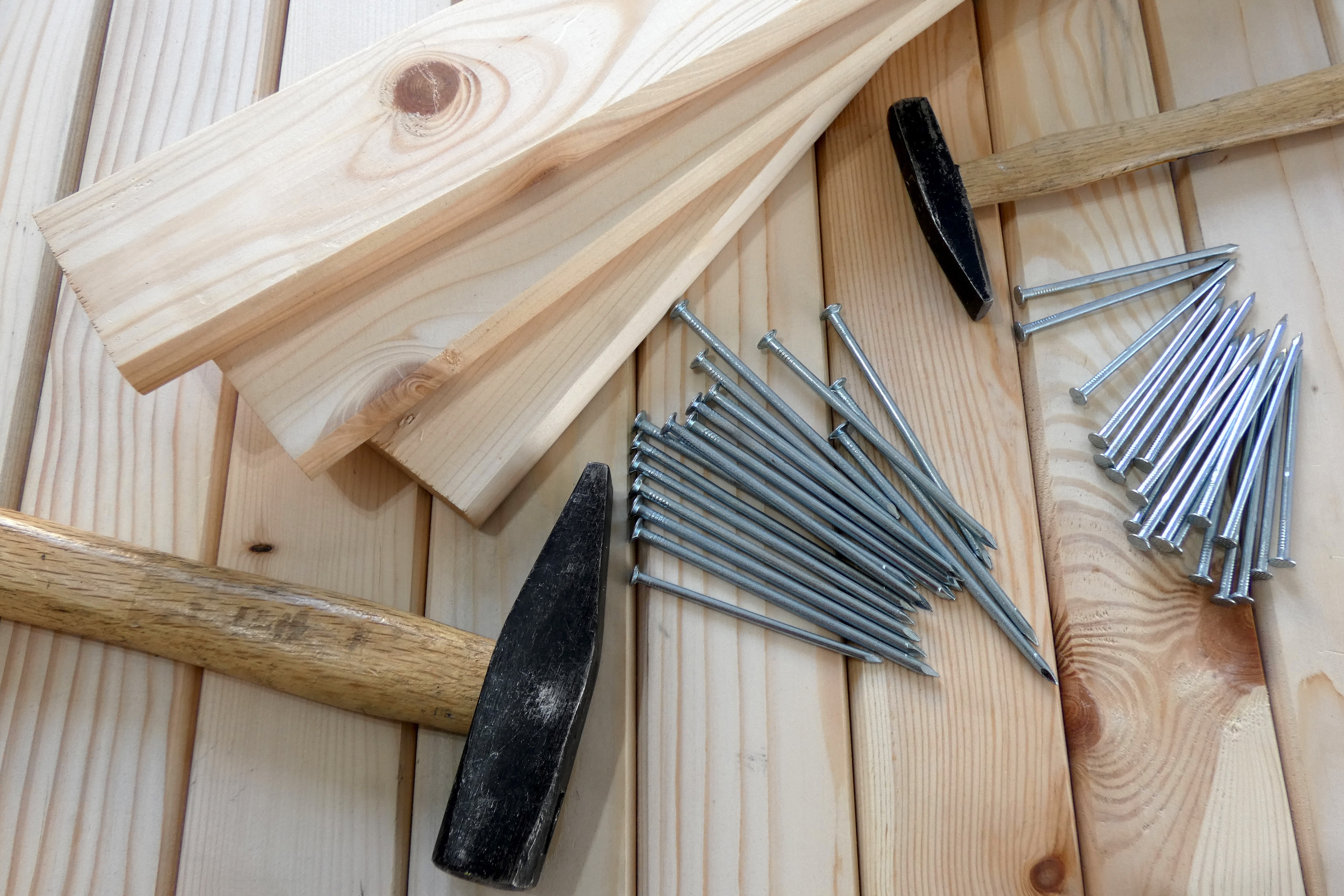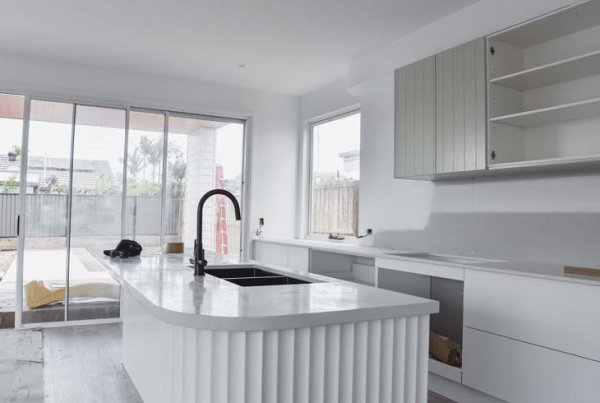Timber has long been a favoured building material for homes. However, with new technologies and building design options, it is being used less often than ever before. At Cunningham Constructions, we love timber and hope to enlighten you on its various uses and why many people use it for building purposes.
Including timber in the design process means you can enjoy the benefits from the moment your home is finished being built. Outlined below are some of the reasons why wood is a preferred option for home building.
 1. Timber Is An Excellent Insulator
1. Timber Is An Excellent Insulator
Not so long ago, timber was the best building material for homes and other structures. No one knew about fibreglass back then. Nonetheless, homes built with timber provided the perfect insulation against heat, as well as cold as it is a relatively poor conductor of heat.
In comparison, aluminium conducts more than 7000 times more heat than wood, while glass conducts heat around 23 times faster than wood. Steel too conducts heat 1650 times more quickly, hence wouldn’t provide the insulation needed to keep your home cool and comfortable. Using timber to build your home, therefore, means improved insulation and in turn, lower energy bills. Whether it’s in your home or office, timber can be used to make your environment more comfortable.
This is backed up by marketing agency, Search It Local who say that “since replacing our polished concrete flooring with timber, the office is a lot warmer in winter and cooler in summer.Everyone is a lot happier and we don’t have to turn on our AC system as much anymore, saving our electricity bill”.
2. It’s Easy To Build
It takes around seven days to build a 100m2 home using timber. One of the main reasons why is because timber is that easy to work with. This saves you time, money, and extensive labour that would be needed if using other building materials. It also makes building a home an affordable investment. The other interesting/benefit of using timber is that customising your home or even making adjustments to the wood frame can be relatively easy as well.
 3. It is Eco-Friendly
3. It is Eco-Friendly
Timber has an almost zero carbon footprint. This is because wood absorbs much of the carbon dioxide produced during hauling, and it’s also biodegradable. Timber also breaks down completely releasing nutrients to the environment, thus making it possible for other organisms to thrive.
There is however a risk of deforestation due to the increased demand for timber. Nonetheless, most countries today require one tree to be planted for another cut. This reduces the risk of leaving the land significantly bare. In addition to this, younger trees absorb more carbon dioxide than older ones, which reduces the carbon footprint even further.
4. Aesthetic Appeal
There are around 5000 different types of wood in the world. Each variety has its strengths, unique characteristics and a bespoke appearance. Some varieties have a light appearance with others appearing darker. Some tree varieties are used for acoustic purposes, some for structure, and others for appearance.
Whatever your preference is, you should be able to find a timber variety suitable for your needs. In addition to this, wood staining makes it possible to achieve whatever hue or colour you wish to have. Timber can be nailed, carved, glued, and even cut to fit various designs. It truly is a timeless design feature.
In fact, the design professionals at Gary Hamer Interiors say “timber is a design trend that is never going away. From hardwood floors to exposed beams, timber is versatile and works with many modern design and furniture trends seamlessly. Choose a classic finish so that you know it won’t look tired any time soon.”
 5. Malleable Strength
5. Malleable Strength
Timber is more accommodating when it comes to strength. Approximately 50% of all timber varieties in the world have more tensile strength than steel. This makes it a better alternative. It can also be carved to various designs to suit your needs; something steel may not be able to do. This is a key reason why timber is recommended for complex house designs and furniture.
6. Durability, Sturdiness, Safety, And Weight
Wood is one of the sturdiest building materials you can find for its weight. It’s capable of supporting a building comfortably without breaking or warping. It also provides cushioning for sudden shifts and changes in the foundation without caving in.
7. Impervious To Water
Although most timber varieties do absorb water, four are known to be water-resistant. These are Western Hemlock, Sitka Spruce, Douglas Fir and the Western Red Cedar. You can therefore use different varieties of timber depending on whether you need it to absorb water or not. Whichever characteristic you are looking for, you’ll be sure to find a variety that works best in that area.
The water experts at Shepherd Plumbing have seen their fair share of damaged flooring and recommend to “choose a quality sealant if your wood is not of the water resistant variety. We’ve all seen plenty of family homes extensively damaged from a small leak in a pipe because they didn’t choose appropriately treated wood. Do your research and talk to professionals who will be able to help.”
 So, would you include timber in your new home?
So, would you include timber in your new home?
At Cunningham Constructions, we love timber. Take a look at how we have used it in our Albicore project, or get in touchto find out how we can incorporate it in your dream home today!







